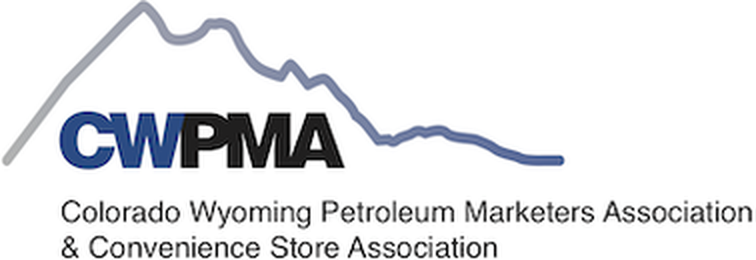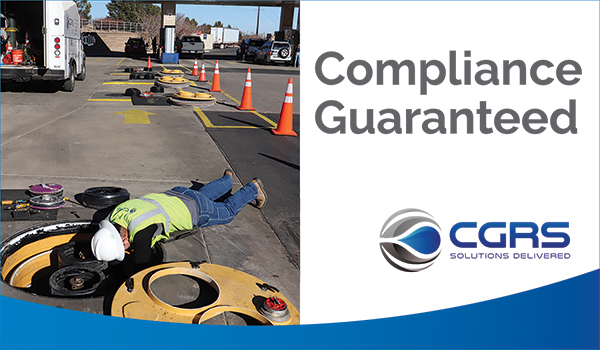Colorado – CWPMA continues to get calls from members who are hearing about the state proposed ETRP rule – attached you will find a list complied by the state from records of companies this will likely affect.
Most of CWPMA’s members are not on the list.
It also is limited to the non - attainment area.
Background
The U.S. Environmental Protection Agency (EPA) has designated the Denver Metro/North Front Range area as a serious non-attainment area for ozone goals that does not meet Federal air quality standards. As a result, the Colorado Department of Public Health and Environment’s Air Pollution Control Division is proposing an Employee Traffic Reduction Program (ETRP) as part of a transportation rule package to reduce greenhouse gas (GHG) emissions and other air pollutants from transportation in Colorado.
This rule is part of an ambitious effort to address climate change and meet the state’s climate targets of 26% by 2025, 50% by 2030% and 90% by 2050 from 2005 levels, outlined in the state Greenhouse Gas Pollution Reduction Roadmap.
What is ETRP and who will be affected?
ETRP is being proposed to Colorado’s Air Quality Control Commission (AQCC) as a potential greenhouse gas reduction strategy for employers within Colorado's Ozone Nonattainment Area with 100 or more employees at one worksite. The proposal builds off of work done by the Regional Air Quality Council to develop an ETRP framework and will provide multiple benefits beyond reducing GHGs. It is modeled off of programs that have been implemented in 27 other jurisdictions throughout the United States.
How The Rule Could Affect Your Business
Based on the draft regulation, if approved, any business that employs more than 100 employees
at a given worksite in the Denver, Boulder, and Fort Collins metropolitan regions will need to
provide the following information starting in early 2022:
- ETRP Registration: In the beginning of 2022, a large employer (with more than 100 employees) must submit an ETRP registration to the Division.
- Designation of an Employee Transportation Coordinator: Each business will assign a person to be the “Employer Transportation Coordinator” who will oversee how the business creates plans and adjusts to the ETRP.
- Surveying and Reporting: By April 2022, a large employer must release a survey to all employees at the business to see how employees commute to and from work. The survey will identify the emissions from each individual commute and will also identify workforce SOV rate cumulatively.
- Surveys will continue to be conducted every year, and must be submitted to the division yearly to see how commutes and emissions are changing on an annual basis at a company.
- Required response rate: Survey response rates depend on the size of the businesses. If an employer employs 499 employees or less at a worksite, a response rate of 75 percent is required for compliance. If a business
employs more than 500 employees at a worksite, then random sampling is allowed for compliance.
- Commute Reduction Target Goals: By July 2022, large employers may need to have an ETRP plan implemented that can be achieved in a year with 75% single occupancy vehicle (SOV) or less.
- By July 2024, large employers may need to have an ETRP plan implemented that can be achieved in a year with 60% SOV or less.
- Alternative Compliance: An alternative compliance approach may be implemented if an ETRP plan isn’t working for a business.






